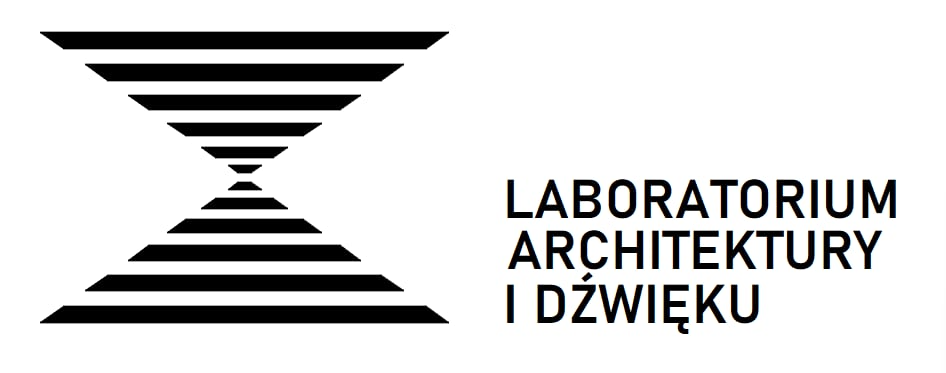YOUR BROWSER IS OUT-OF-DATE.
We have detected that you are using an outdated browser. Our service may not work properly for you. We recommend upgrading or switching to another browser.

Location: Faculty of Architecture, Wrocław University of Science and Technology, Room 008, Building E5, Rozbrat 7, 50-334 Wrocław, Poland
The Architecture and Sound Laboratory (LAiD) was established at the initiative of the K02 Department staff to address the challenges posed by the concept of Construction 5.0, one of the key pillars of which is human-centricity. The laboratory comprises an inter-faculty research team composed of representatives from four faculties: the Faculty of Architecture (FA), the Faculty of Electronics, Photonics and Microsystems (W12), in particular the Department of Acoustics, Multimedia and Signal Processing, the Faculty of Civil Engineering (W2), specialising in contemporary building materials, and the Faculty of Medicine (W14). The project involves collaboration with students, PhD students, companies, and international specialists, including those from the #Unite! Network. The goal of this collaboration is to develop integrated design and technological solutions that prioritise user needs and well-being—both in terms of environmental and acoustic comfort and the broader physical and mental health of individuals, particularly neurodiverse individuals. The team's research endeavours include finding applicable solutions in architecture, urban planning, construction, acoustics, psychology, hearing, and technology that address contemporary challenges related to:
including anthropological, neurodiversity, psychological, sociological, and user needs aspects, user experience research, and culture – plans are underway to involve experts from other universities, including the Unite! Network more closely;
Members: from W1: dr hab. inż. arch. Joanna Jabłońska – kierowniczka, prof. uczelni, dr hab. inż. arch. Łukasz Wojciechowski, prof. uczelni, dr inż. arch. Agnieszka Dobrzyńska-Jarosz, dr inż. Michał Pelczarski, dr inż. arch. Joanna Gronostajska-Kadecka, mgr. inż. arch. Olga Sztyrak doktorantka, mgr. inż. arch. Jagoda Sabaj, mgr. inż. arch. Ahmad Abbara, from W2: dr inż. Sławomir Czarnecki, from W9: dr hab. Paweł Regucki, prof. uczelni, from W12: dr inż. Aleksandra Klimek, dr inż. Maurycy Kin, W12, from W14: prof. dr hab. n. med. Małgorzata Wierzbicka, otolaryngologist specialist.
The following companies collaborate with the laboratory: Nyquista and flizBee.
Equipment:
[Equipment base under construction]
Our site uses cookies. By continuing to browse the site you agree to our use of cookies in accordance with current browser settings. You can change at any time.